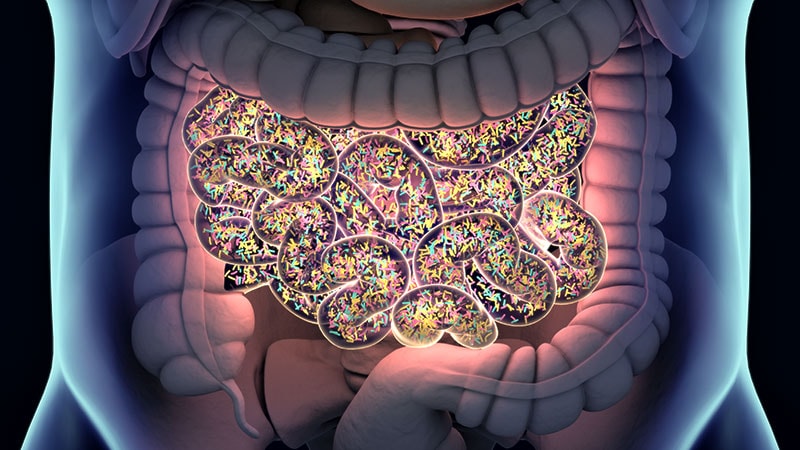Researchers from the National Institute for Health Research (NIHR) Leicester Biomedical Research Centre, University of Leicester, have identified a clear link between walking pace and a genetic marker of biological age.
In the new study, published in Communications Biology, the authors explained that walking pace is a "strong predictor of health status", but the nature of its association with leucocyte telomere length (LTL) – which scientists consider a strong marker for 'biological age' independent from when an individual was born – was "unclear".
Using data from the UK Biobank they studied genetic data from 405,981 participants, with a mean age of 56.5 years, mean BMI of 27.2, 54% female, and 95% white. Over half (52.3%) of the participants reported an average/steady walking pace, 41.1% reported a brisk pace, and 6.6% reported a slow walking pace, the authors said.
The researchers found that a faster walking pace, independent of the amount of physical activity, was associated with longer telomere.
For a sub-sample of approximately 100,000 of the participants physical activity was assessed using accelerometry, with these participants wearing a tri-axial accelerometer on their dominant wrist for 24 hours a day for 7 consecutive days.
Dr Paddy Dempsey, lecturer and research fellow at the NIHR Leicester Biomedical Research Centre, University of Leicester, and lead author of the study, said: "Data from wrist-worn wearable activity tracking devices used to measure habitual physical activity also supported a stronger role of habitual activity intensity (e.g. faster walking) in relation to telomere length."
A Way to Identify Risk of Chronic Disease
Compared with slow walkers, both those who reported being average/steady walkers and brisk walkers were slightly younger, more likely to be never-smokers, and less likely to be taking cholesterol/blood pressure medications, have a chronic disease, or have mobility limitations, said the authors. Slow walkers reported engaging in less physical activity and had a higher deprivation index and prevalence of obesity compared with average and brisk walkers.
Having confirmed a causal link between walking pace and LTL, the researchers estimated that "a lifetime of brisk walking could lead to the equivalent of 16 years younger biological age by midlife".
Measures such as a habitually slower walking speed are a "simple way of identifying people at greater risk of chronic disease or unhealthy ageing", said Dr Dempsey, who suggested that activity intensity may play an important role in optimising interventions.
Walk Faster for Younger Biological Age
The researchers said that their study demonstrated a causal link between brisk walking and telomere length and significantly, "not the other way round". They added that more time habitually spent in higher intensity activities, for example brisk walking, had a stronger association with LTL than total activity.
"Whilst we have previously shown that walking pace is a very strong predictor of health status, we have not been able to confirm that adopting a brisk walking pace actually causes better health," said Tom Yates, senior author and professor of physical activity at the Sedentary Behaviour and Health at the University of Leicester and NIHR Leicester Biomedical Research Centre. He added that in the study they had shown that "a faster walking pace is indeed likely to lead to a younger biological age as measured by telomeres".
The authors concluded that a faster walking pace may be causally associated with longer LTL, which could help to explain some of the beneficial effects of brisk walking on health status. Given its simple measurement and low heritability, they said, self-reported walking pace may be a "pragmatic target for interventions".
Lead Image Credit: Satori13/Dreamstime



